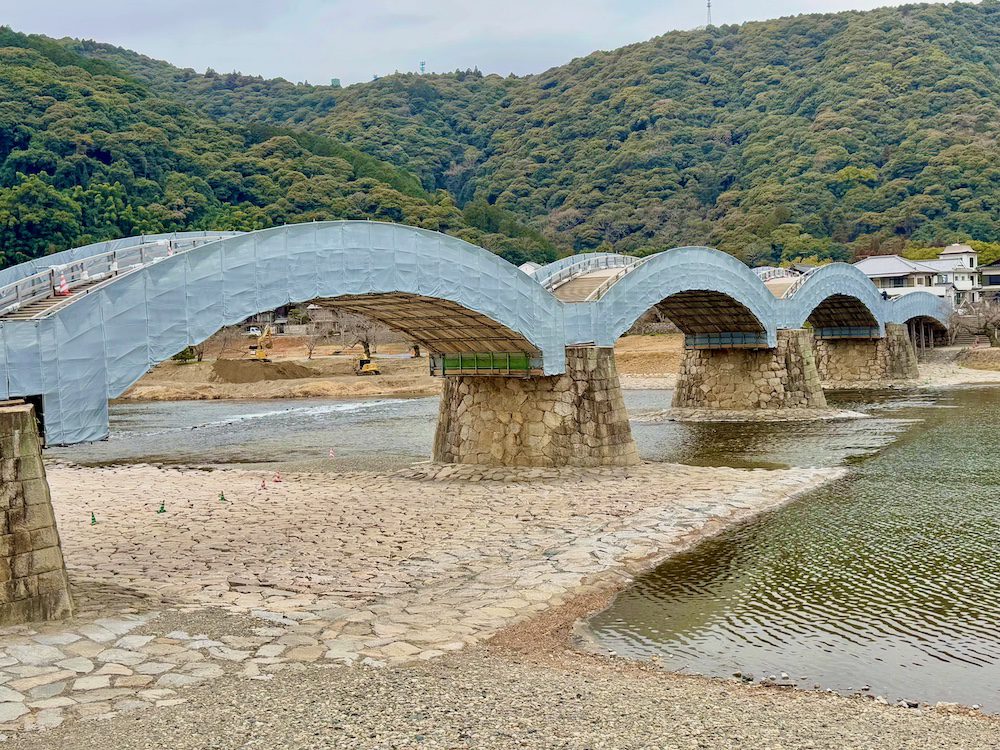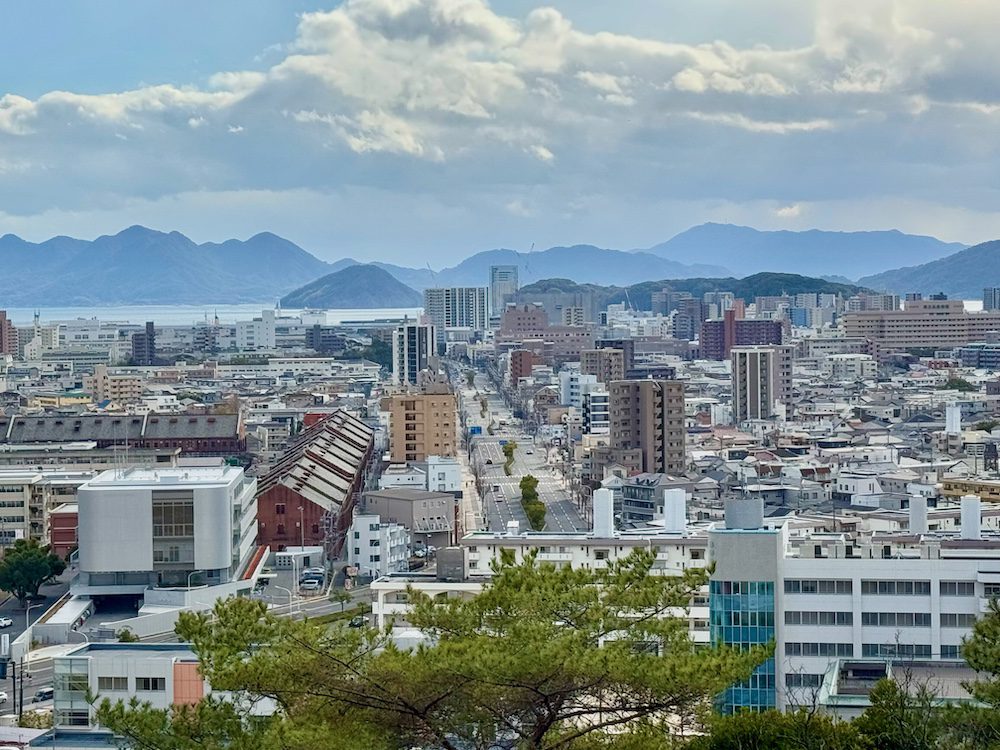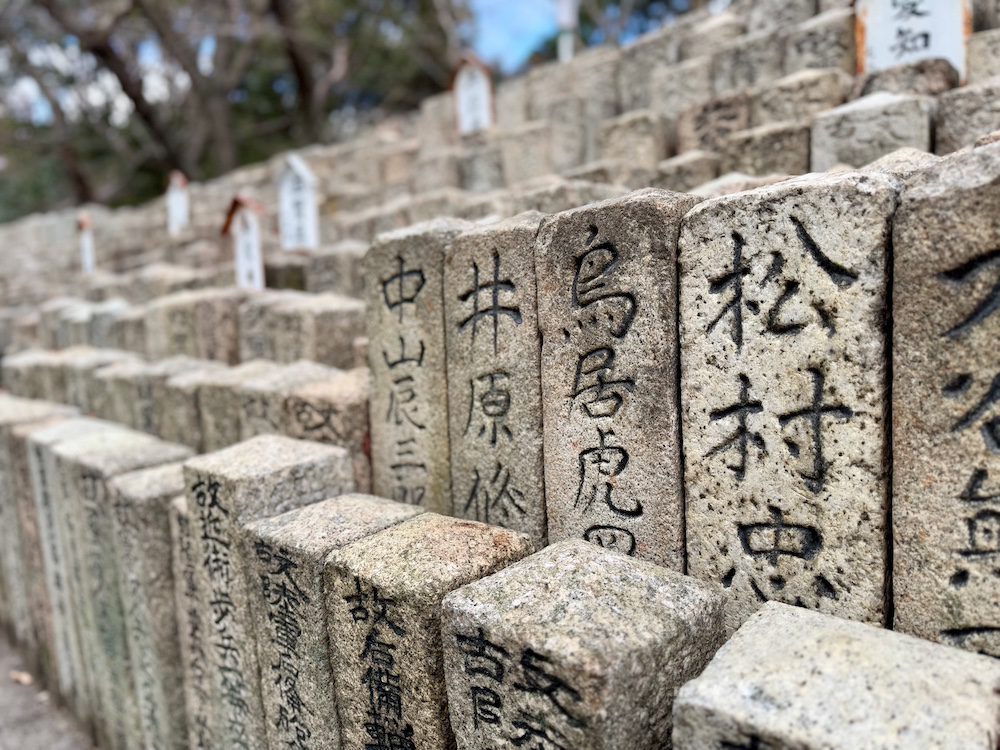Hiroshima
From sombre to serene, Hiroshima is a city that certainly stretches the extremes of human emotions. From the dome through to the peaceful confines of Miyajima, it definitely falls into the “must see at least once” category.
Hiroshima Peace Park
The Peace Memorial Park was established to commemorate the victims of the atomic bombing of Hiroshima on August 6, 1945. One of the most iconic symbols of the park is the A-Bomb Dome, the preserved ruins of the Hiroshima Prefectural Industrial Promotion Hall. Recognised as a UNESCO World Heritage Site, the dome serves as a sombre reminder of the destructive power of nuclear weapons. Visit the “WWII & Beyond” Memorial & Museums page for a more extensive collection of images from the site.
The Dome
Peace Park

Hiroshima Peace Museum
The Hiroshima Peace Memorial Museum, stands as a poignant reminder of the devastating impact of nuclear weapons. Its primary objective is to commemorate the victims of the atomic bombing, educate visitors about the horrors of nuclear warfare, and advocate for peace and the abolition of nuclear weapons. On a trip to the space in 2019, my wife (who had left the museum early) had the opportunity to speak to a man who was born in Hiroshima, a year after the bomb had hit. His stories of growing up in a city attempting to recover from an atomic bomb blast, reinforced to both of us the devastating nature of war. Visit the “WWII & Beyond” Memorial & Museums page for a more extensive collection of images from the site.

Miyajima Island
Miyajima Island, also known as Itsukushima Island, is a picturesque and culturally rich destination located in Hiroshima Bay. The Itsukushima Shrine, a UNESCO World Heritage Site, is one of Japan’s most iconic and scenic shrines. The shrine’s Torii Gate, partially submerged in the water during high tide, creates a stunning view often referred to as the “floating gate.” If you visited the Peace Memorial in the morning, this is the perfect way to centre your being. This would have to rank as one of the most serene locations I have had the pleasure to visit.

Hiroshima Castle
Originally built in the late 16th century (1593) by the feudal lord Mori Terumoto, Hiroshima Castle served as the residence and stronghold for the Mori Clan during Japan’s feudal era. Designed in a traditional Japanese castle style with a five-story keep and extensive defensive structures, the castle was mostly destroyed by the atomic bomb dropped on Hiroshima in 1945. Reconstructed in 1958 using reinforced concrete, the complex houses a museum with exhibits showcasing the history of Hiroshima Castle, its role in feudal Japan, artifacts, samurai armor, and historical documents.

Kintaikyo Bridge
Kintaikyo Bridge is a historical wooden bridge located in Iwakuni, Yamaguchi Prefecture, Japan. Built in 1673, it is renowned for its five elegant wooden arches, which span the Nishiki River without the use of nails. Rebuilt in 1953 after falling victim to a typhoon, the bridge is a masterpiece of traditional Japanese engineering and craftsmanship.

Shukkeien Garden
Shukkeien Garden was originally constructed in 1620 by Ueda Soko, the first feudal lord of the Hiroshima domain. The garden was created to mimic various landscapes and scenes found in Japan, incorporating elements of traditional garden design. Designed in the kaiyū-shiki or circuit style, it features a central pond with streams, hills, and pathways that lead visitors through various scenic spots. It is especially beautiful during the cherry blossom season in spring when the garden’s cherry trees bloom, and during autumn when the maple trees exhibit vibrant hues of red and gold.

Okonomimura - Okonomiyaki Heaven
Okonomimura is a famous dining destination situated in Hiroshima’s Naka-ku district, near the centre of the city. It is well known for its concentration of restaurants specialising in okonomiyaki, a Japanese savoury pancake. Patrons usually sit around the griddles, where skilled chefs prepare the okonomiyaki right in front of them. It’s a great place to experience the regional variation of okonomiyaki, which differs slightly from the Osaka style.

Hijiyama Park & Military Cemetery
Hijiyama Park is a peaceful hilltop park in Hiroshima, offering a blend of history, nature, and art. Known for its stunning cherry blossoms in spring and panoramic views of the city, the park is a popular spot for both locals and visitors seeking a quiet retreat. One of the park’s highlights is the Hiroshima City Museum of Contemporary Art, which showcases modern works by Japanese and international artists. The park also houses the Hijiyama Shrine and the Hijiyama Military Cemetery, serving as a reminder of Hiroshima’s past.
















































































































